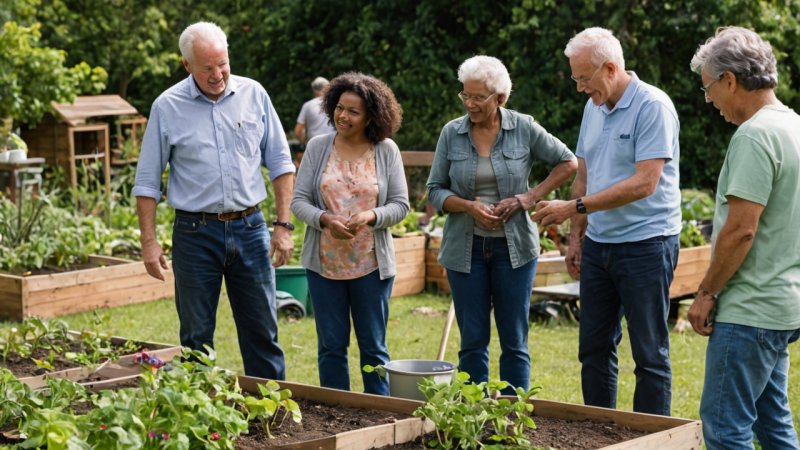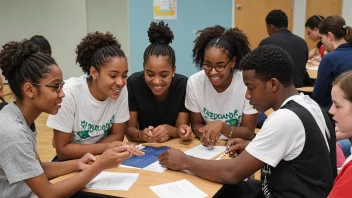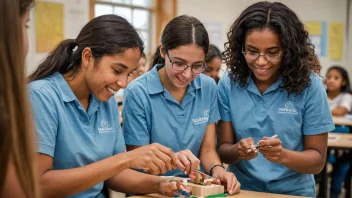In today's fast-paced society, fostering connections between different generations has become increasingly important for community cohesion. Intergenerational programs provide a unique opportunity to bridge the gap between the young and the elderly, promoting understanding, respect, and collaboration. This article explores how these programs can be created and the benefits they offer to communities.
Intergenerational programs can take many forms—from shared learning experiences to collaborative community service projects. The key to successful implementation lies in recognizing the unique strengths and needs of each age group. By focusing on common goals, communities can create initiatives that not only serve their immediate needs but also nurture relationships across generations.
One effective approach to creating intergenerational programs is through local schools and senior centers. Schools can invite seniors to share their skills, whether it be storytelling, crafting, or offering life lessons. In return, students can provide assistance with technology or engage in activities that promote mental and physical well-being for seniors. This reciprocal relationship enriches both parties and strengthens community bonds.
Another idea is to develop community gardens where individuals of all ages can work together. Gardening fosters teamwork and allows participants to share knowledge about sustainable practices, nutrition, and the environment. Such projects not only beautify the community but also promote healthy lifestyles and a sense of accomplishment among participants.
Additionally, organizing regular events that encourage interaction, such as potlucks, game nights, or cultural celebrations, can help break down barriers. These gatherings offer informal settings in which individuals can share experiences, learn from one another, and build friendships. Creating an environment of inclusivity and respect is essential for the success of these initiatives.
For those looking to get involved, volunteering with local organizations that focus on intergenerational activities is a great first step. Individuals can also advocate for the establishment of such programs within their own communities by approaching local government, schools, or non-profits. By raising awareness and providing resources, community members can play a pivotal role in fostering these important connections.
In conclusion, intergenerational programs are vital for enhancing community cohesion. They promote understanding, respect, and collaboration among individuals of all ages. By creating opportunities for interaction and shared experiences, communities can build a stronger, more inclusive environment. Everyone has a role to play in this endeavor, and by working together, we can create a brighter future for all generations.






